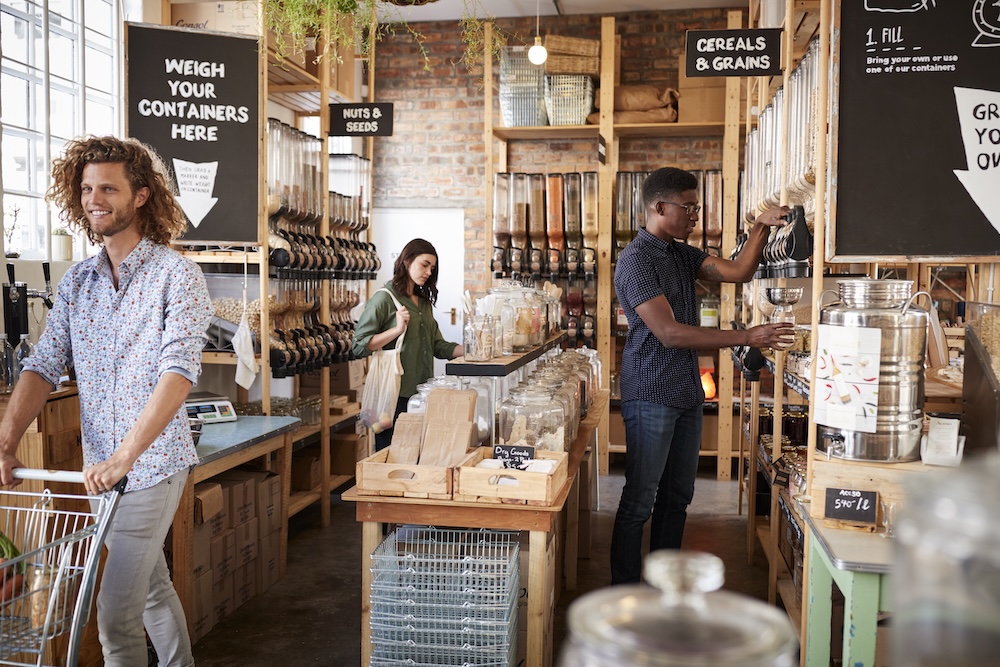The world is drowning in waste. From single-use plastics to cheap, disposable products, our culture of convenience has fueled an unsustainable system that pollutes air, water, and soil. But alongside the problem, a solution is emerging: zero waste shops. These businesses are more than just stores — they are hubs for change, offering products, education, and inspiration to help people live with less waste.
If you’ve ever dreamed of opening a zero waste shop, you’re not just starting a business — you’re building a community space that puts planet before profit. Here’s what you need to know before taking the leap.
Why Zero Waste Shops Matter
Zero waste shops are part of the growing circular economy movement. They give customers access to refillable, package-free, and sustainable alternatives, while educating communities about conscious consumption. They:
- Reduce single-use packaging and plastic waste.
- Support local makers and small-batch producers who prioritize sustainability.
- Encourage mindful purchasing — shifting people from impulse buys to intentional living.
- Provide healthier, toxin-free alternatives for homes and families.
In short, zero waste shops don’t just sell products. They re-wire how people think about consumption.
Step 1: Identify Your Niche
Not all zero waste shops look the same. Some focus on household essentials (cleaning products, refill stations, reusable containers). Others specialize in beauty and wellness (shampoo bars, compostable dental care). Some combine both with local produce and bulk food.
Ask yourself:
- What does my community lack?
- Am I filling a gap in sustainable access?
- Do I want to serve families, students, or urban professionals?
A clear niche helps you stand out and ensures your customers know what to expect when they walk in the door.
Step 2: Build a Concept Rooted in Sustainability
A zero waste shop should reflect its values at every level:
- Branding: Keep it simple, clear, and authentic — avoid greenwashing.
- Store layout: Design for accessibility and ease of reuse (clear refill stations, bins for returnables).
- Product curation: Stock items that are durable, compostable, recyclable, or reusable — not just “eco-aesthetic.”
Remember: handmade doesn’t always mean sustainable. Vet every product against its full lifecycle and supply chain.
Step 3: Source with Intention
Your products should tell a story. Partner with suppliers who:
- Use minimal or no plastic in shipping.
- Prioritize renewable, fair-trade, or recycled materials.
- Provide transparency about their practices.
- Offer durability — not disposability disguised as “eco-friendly.”
Local sourcing not only lowers your carbon footprint but also strengthens community ties. Want to go further? Consider stocking items from community repair groups, upcyclers, or refill innovators.
Step 4: Educate the Community
A successful zero waste shop doesn’t just sell goods — it teaches. Consider:
- Hosting workshops on composting, DIY cleaners, or zero waste cooking.
- Offering starter kits for beginners.
- Creating educational displays in-store about the impact of single-use plastics or the benefits of circular living.
This builds loyalty and positions your shop as a trusted guide, not just a retailer.
Step 5: Prepare for the Challenges
Opening a zero waste shop isn’t easy. Be ready for:
- Sourcing hurdles: Truly plastic-free suppliers can be hard to find. It takes research, networking, and persistence.
- Location: You’ll need to balance foot traffic with a community that values sustainability.
- Startup costs: Refill systems, shelving, and inventory require investment. Consider creative funding (crowdfunding, community co-ops, impact investors).
- Changing habits: Many shoppers still default to convenience. Part of your role is showing that sustainable can also be simple, stylish, and cost-effective.
Step 6: Explore New Business Models
To keep your shop sustainable — financially and environmentally — think creatively:
- Subscription boxes: Curated zero waste kits can create recurring revenue and introduce customers to new products.
- Online storefronts: An e-commerce extension can expand your reach while still centering waste reduction.
- Tech integration: Inventory management systems help track refills and reduce overstock waste.
- Partnerships: Collaborate with local nonprofits, repair cafés, or environmental groups to deepen community impact.
Rethinking Consumption: What You’re Really Selling
A zero waste shop isn’t just about selling bamboo toothbrushes or glass jars. At its core, you’re offering something more radical: a shift in how we see consumption.
Instead of convenience and excess, you’re promoting mindfulness and stewardship. Instead of disposable culture, you’re championing durability and circularity. Opening a zero waste shop means helping people reprogram their habits — showing that the path to sustainability begins with everyday choices.
Final Thoughts
Opening a zero waste shop is not just a business decision. It’s a commitment to building a better future, one refill, one reuse, and one repaired item at a time. It’s about empowering your community to see that every small shift in consumption creates ripples that add up to real change.
If you’re thinking about starting one, know this: you’ll face challenges. But you’ll also be creating a space where sustainability becomes tangible — where planet comes before profit, and where people rediscover the joy of consuming less but living more.









Reader Interactions